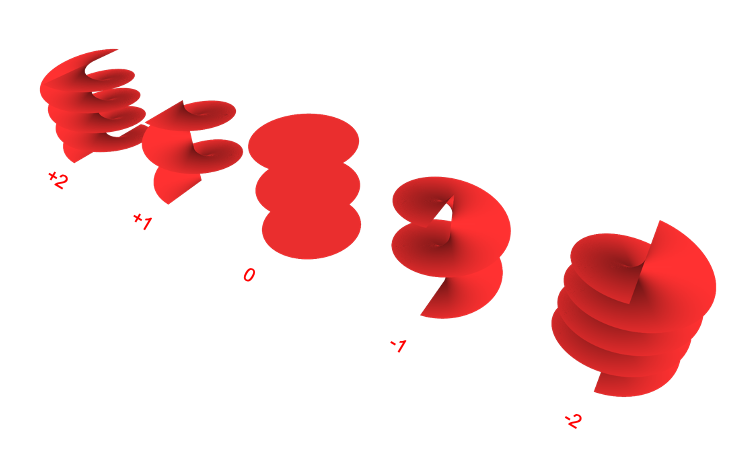
Last month, Penn Engineers published a matched pair of Science studies with major implications for how quickly data can be transmitted over optical networks.
One study demonstrated a chip-sized “vortex” laser that emits light in a corkscrew shape, and which can control the direction and spacing of those twists; the other demonstrated an equally small detector that could distinguish between those various “modes.”
Together, the two technologies could allow for an entirely new and much denser way to encode data when its transmitted via light.
The collaboration between Liang Feng, assistant professor in the departments of Materials Science and Engineering and Electrical and Systems Engineering, and Ritesh Agarwal, was recently covered by IEEE Spectrum’s Charles Q. Choi.
A potentially extraordinarily useful property of vortex beams is that they do not interfere with each other if they all possess different twisting patterns. This means a theoretically infinite number of vortex beams can get overlaid on top of each other to carry an unlimited number of data streams at the same time.
However, until now, all microchip-scale vortex lasers firing at telecommunications wavelengths were each limited to transmitting a single orbital angular momentum pattern. At the same time, existing detectors for vortex beams relied on complex filtering techniques using bulky components, which prevented them from being integrated on chips and made them incompatible with most practical optical telecommunications approaches.
Read more at IEEE Spectrum.
